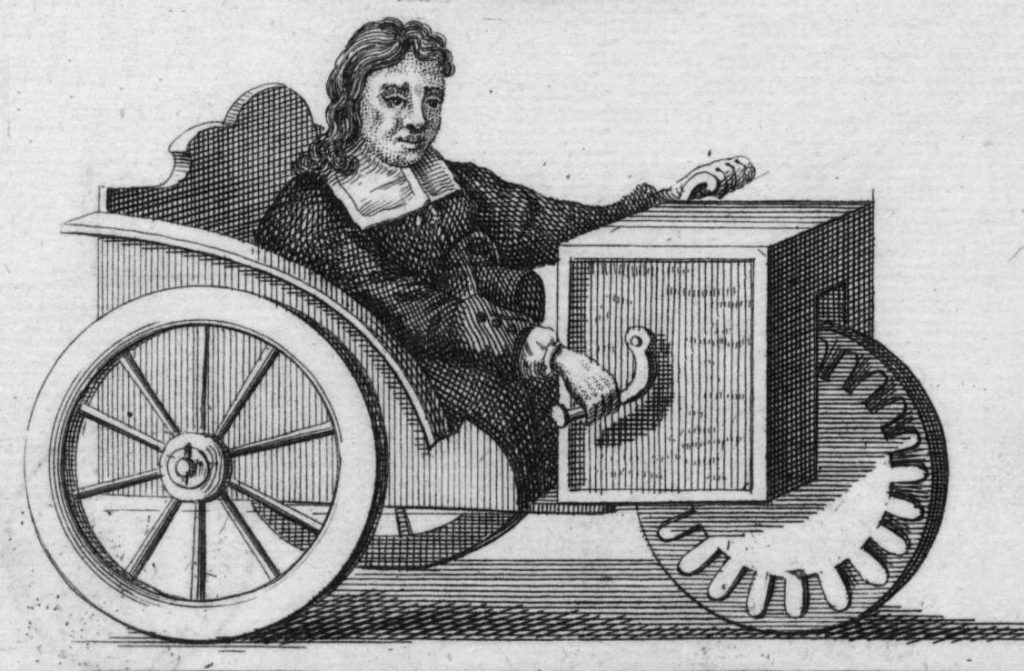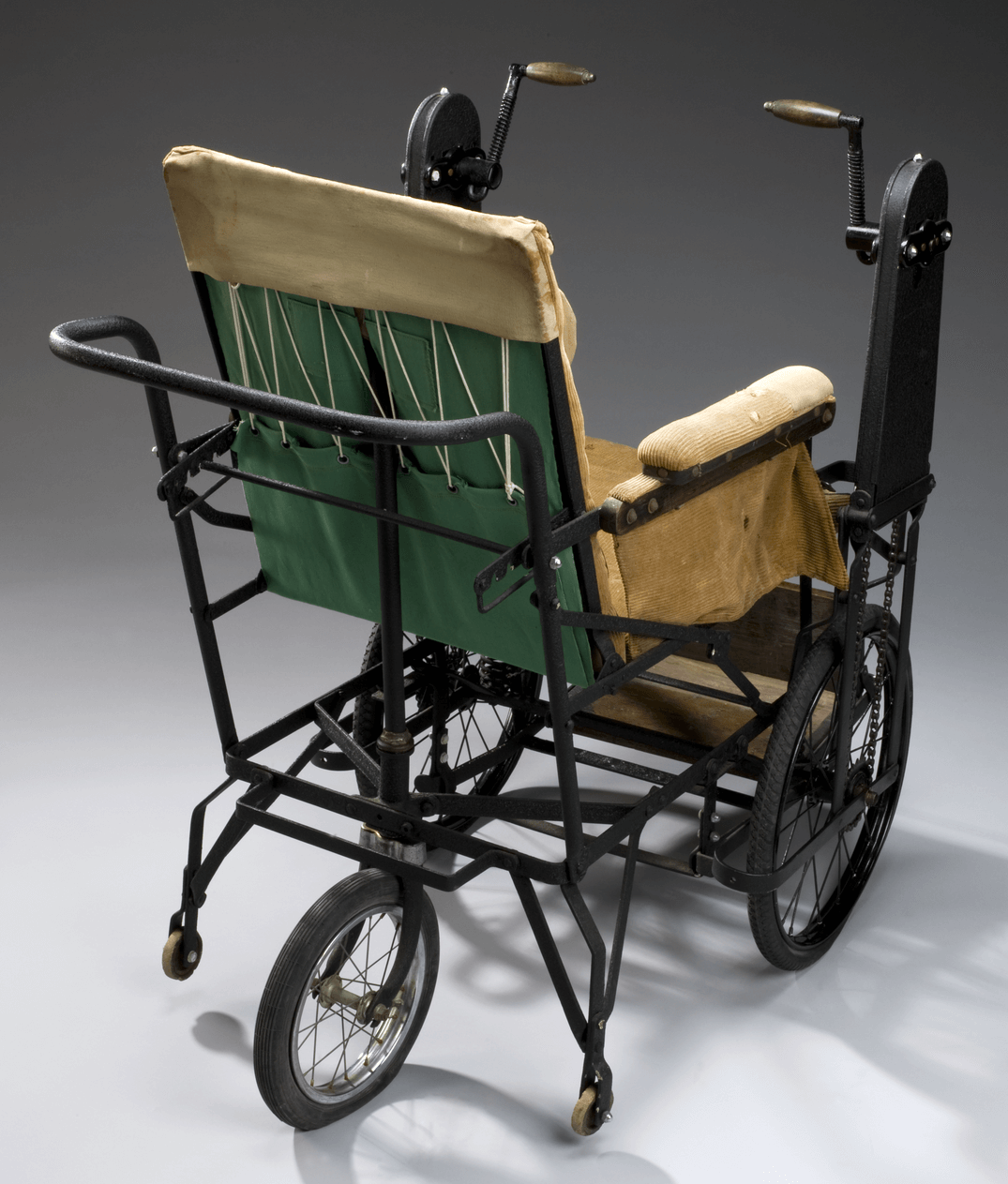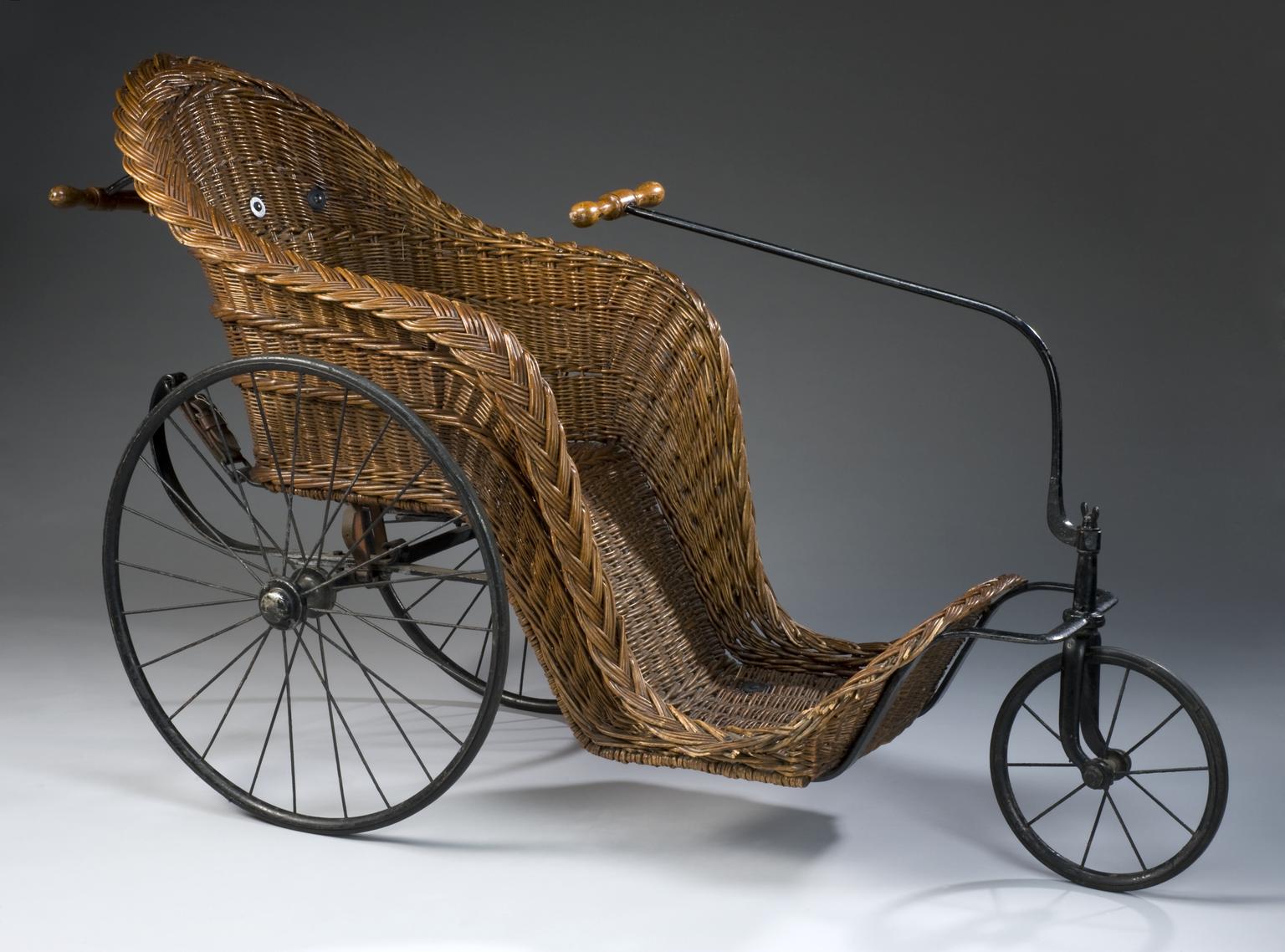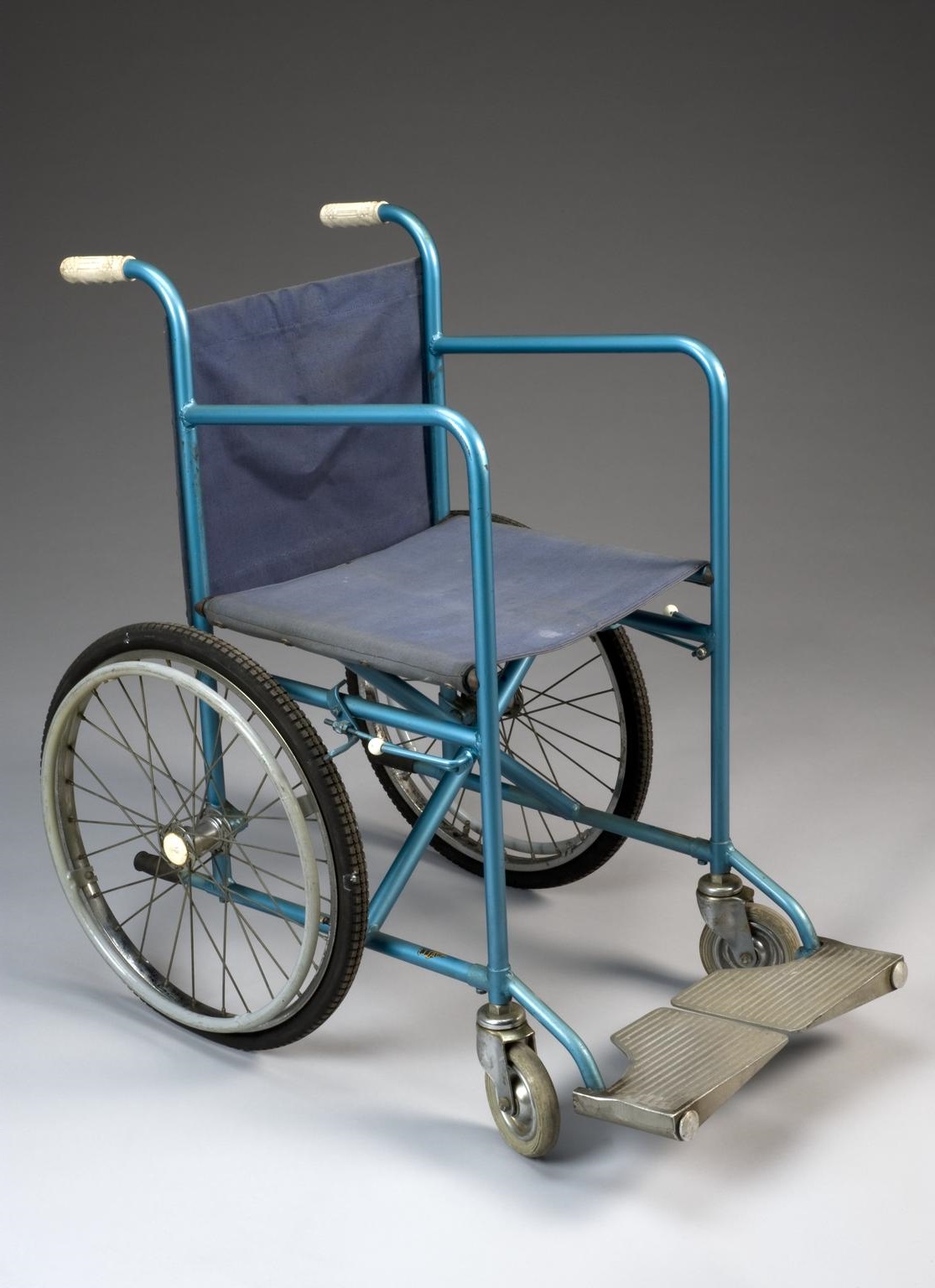A Brief History of space and time the Wheelchair
It’s no surprise that the wheelchair is one of the most popular mobility aids, not only are they lightweight and easy to store in a small space, but they can be controlled by the user (this type is called self-propelled) or the user can be pushed along in a transit wheelchair.
A wheelchair enables those who have little or no mobility to get out and explore the world. Thanks to the lightweight qualities of a wheelchair, you can take them on trains, planes, buses, and cars.
The popularity of the wheelchair got us wondering about the history behind one of the most life-enhancing mobility inventions ever made.
The First Wheelchairs
According to the academic Herman L. Kamenetz, ‘the earliest known depiction of an indoor vehicle on wheels may be the representation of a child’s bed with wheels depicted on a Greek vase from the sixth century B.C.’
Not quite a wheelchair but a similar concept, isn’t it?
If we fast-forward, quite a bit, to King Philip of Spain, who was in power from 1527 – 1595. He had a wheelchair commissioned as he was suffering from a severe case of gout. The chair was certainly equipped for nobility with luxurious upholstery, armrests, and footrests. To the dismay of his servants, the small wheels meant someone needed to be on hand to push him.
Farfler’s Self-propelled is the way forward

 The first self-propelled wheelchair was invented by a German paraplegic watchmaker called Stephan Farfler. Only 22 years old at the time, the chair was built using a three-wheel chassis with hand cranks attached to the front wheel.
The first self-propelled wheelchair was invented by a German paraplegic watchmaker called Stephan Farfler. Only 22 years old at the time, the chair was built using a three-wheel chassis with hand cranks attached to the front wheel.
The young inventor’s style was imitated for the next 250 years with little improvements added here and there. This can be seen from the photo opposite. The chair with the green back was made somewhere between 1910-1920 and is now kept at the Science Museum in London. As you can see, it still has ‘hand cranks’ on the front which is reminiscent of Farfler’s model.
The Bath Chair
 As the name suggests, the Victorian Bath Chair was invented in the Spa town of Bath by James Health in 1750. These chairs were constructed using wicker, making them lightweight and comfortable – much the same as you’d expect from today's chairs.
As the name suggests, the Victorian Bath Chair was invented in the Spa town of Bath by James Health in 1750. These chairs were constructed using wicker, making them lightweight and comfortable – much the same as you’d expect from today's chairs.
The general concept behind this design is that it has two wheels joined by an axel beneath the seat, with a small ‘pivoting wheel’ in front to support it. It's made to be pushed from behind and steered by a long rod connected to the front wheel.
The Bath Chair was mainly used outside and to transport wealthy patients around the Roman Baths and Spas. So useful were these chairs, they made use of them during the American Civil War to transport injured soldiers around.
The Revolutionary ‘X Frame’ Wheelchair
 It’s without a doubt that the ‘X frame’ folding wheelchair was one of the most important concepts in the history of the wheelchair. This was developed in the 1930s by a couple of American engineers called Harry Jennings and Herbert Everest.
It’s without a doubt that the ‘X frame’ folding wheelchair was one of the most important concepts in the history of the wheelchair. This was developed in the 1930s by a couple of American engineers called Harry Jennings and Herbert Everest.
This then led to the Model 8 folding wheelchair which was built in the 1950s. The Model 8 was widely used in hospitals, nursing homes, as well as private institutions. If you look at the photo opposite, the metal rims attached to each wheel meant it could be manoeuvred by the patient or pushed by an assistant.
So, there we have it. A brief history of the wheelchair touching on the key moments in its development.
If you think about it, the concept behind the wheelchair used today isn’t a far cry from the ‘originals’ mentioned in this article. Sure, with the advancements in technology, new materials have enabled wheelchairs to become much lighter and easier to use.
An excellent example of this is the Karma Ergo Lite with its lightweight X-frame for easy transportation, adjustable armrests & footrests, and comfortable seat. In actual fact, the ‘x-frame’ design feature remains virtually unchanged since the 1930s.
Don't worry, the wheelchairs in our showrooms have moved on from the type mentioned in this article. We have a huge selection available on our website or you can pop into one of our showrooms. For more information, speak to one of our mobility professionals on 02392 255 600.
**All images used in this blog are courtesy of the Science Museum Group as part of the Creative Commons Attribution 4.0 Licence.
★★★★★
2 years ago
I bought a scooter from Cavendish some weeks ago and I could not sing their praises any higher than 5 stars. They made sure it was the right scooter for me and not just a sale. The staff were very engaging and knowledgeable.
John B.
- Accessible Walks for Everyone to Enjoy in Hampshire
- Bags & Covers | Stylish Accessories | Mobility Scooters & Wheelchairs
- Electric powered wheelchairs (Powerchairs)
- Exploring the world of Wheelchair Tennis?
- Finding the correct wheelchair
- Frequently Asked Questions (FAQ) about Wheelchairs
- How the 2025 Autumn Budget Could Shape Everyday Life for Mobility Equipment Users
- How to Exercise if you have Limited Mobility
- Karma Wheelchairs | Transit or Self Propelled
- Ramps and Steps | Accessibility
- Understanding the Journey of Mobility Aids
- Wheelchair Accessories


